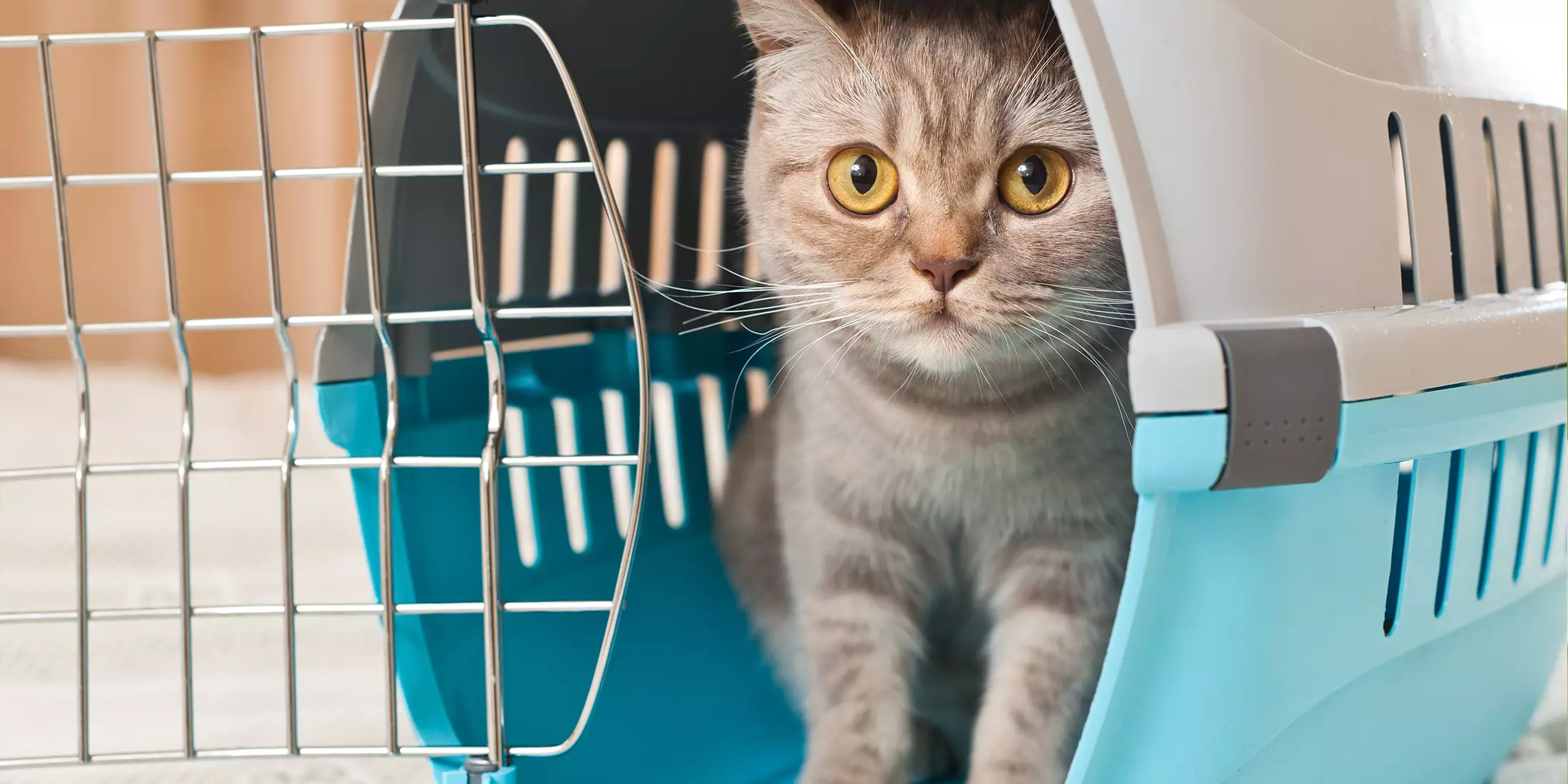Tips for Crate Training your Cat in 2023
Contents of Article
Crate training your cat can be very beneficial yet is normally associated with dogs! Whether you are on the move a lot, want to make visits to the vet less stressful, or provide a little sanctuary within your own home, it is fair to say that crate training your cat definitely has its plus points.
What is crate training?
Quite simply – crate training your cat involves getting them used to spending periods of time confined to their crate. The aim is to make it a positive experience so that your cat should feel comfortable and relaxed in their crate.
What crate should I use?
Unlike dogs, there is less size variation in cats. The ideal size for a cat carrier should be around one and a half times the size of your cat as an adult, so do bear this in mind if you are purchasing one for your kitten. Cats do not like carriers that are too big, they prefer being able to shield themselves up against one edge. Saying that, make sure the carrier is not too small. Your cat should be able to stand up and turn around with ease. A cramped cat will be reluctant to settle.
The perfect crate for cats should be enclosed, avoid all wire crates as your cat will feel very exposed and vulnerable. Plastic crates with a metal door are ideal, but do make sure you can also remove the top half from the bottom half – this allows you to get your cat out another way if they are scared, rather than dragging them out of the main door! Many cats when taken to a vets will be reluctant to come of their crate out due to the strange sights and smells.
How do I crate train my cat?
The crucial thing to remember when crate training your cat is that it should be a positive experience. You want them to enjoy being in there – this cannot happen if you use the crate as a form of punishment.
Firstly, make the crate a nice place to be. Add a comfortable bed that appeals to your cat. Then move meal times to inside the crate, by doing this your cat is associating the crate with food, another positive. At this stage it is important not to close the door, you do not want your cat to feel trapped in any way.
Once your cat is relaxed in the crate, you can start by closing the door for very short periods of time. Distract your cat with a treat and then open the door before they lose interest in it. Gradually build up the time they are in the crate, and when you close the door make sure they have a treat every time. Letting your cat out before they become stressed is crucial, you do not want to reward bad behavior (stress) with opening the door.
In between training sessions leave the crate in your house. By allowing it to become part of the furniture it is less of a novelty, which again helps your cat become acclimatized to it. Having it in the corner of a room in your house provides your cat with their own space that they can retreat to when stressed.
Conclusion
By putting in the time, crate training can help make situations such as moving or veterinary visits as stress free as possible. With a bit of bribery (normally food!) you can help keep your cat happy and relaxed when being placed in their crate instead of the usual negative responses seen from your pet.
Additional Resources for Crate Training your Cat:
- How to Crate Train Your Cat – Amy Shojai, CABC
- Cat Behavior and Training – By Debra Horwitz, DVM, DACVB & Gary Landsberg, DVM, DACVB, DECAWBM
- 8 Secrets to Crate Training Your Dog or Cat – By Amy Shojai, CABC




